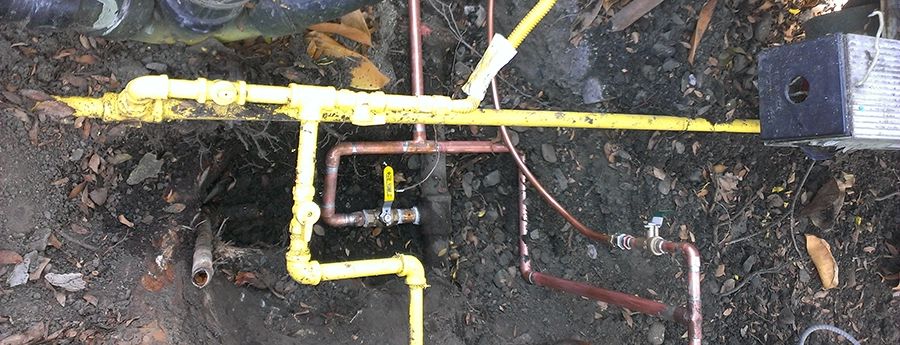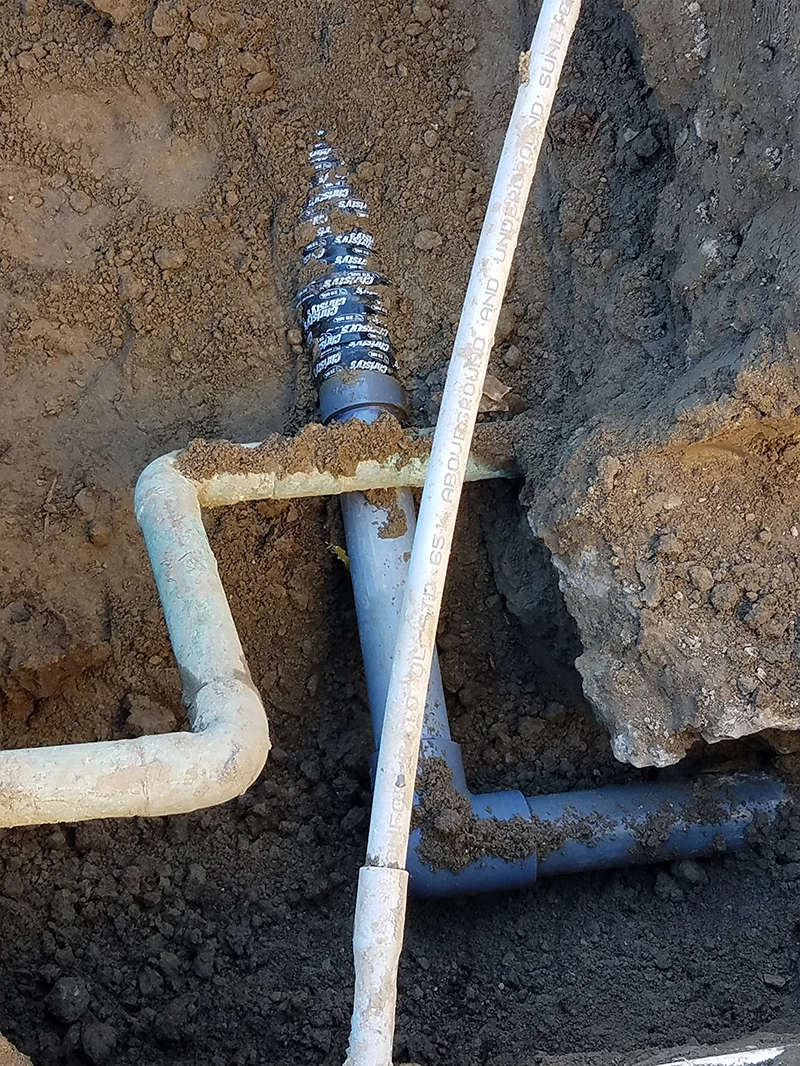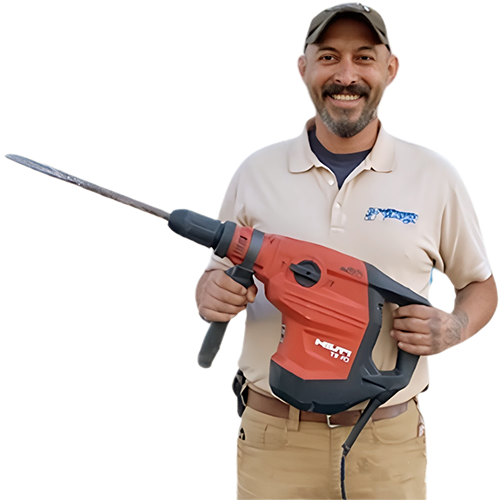Natural Gas Line Rerouting Fountain Valley

Need to reroute a gas line around a slab, a new room layout, or backyard build? We handle natural gas line rerouting in Fountain Valley with safe materials, digital testing tools, and clean work that passes inspection.
Gas lines can’t just “snake around” new walls or builds. Every turn affects pressure and flow. Every joint matters. Whether we’re rerouting a kitchen stove line into an island, or moving a backyard gas line to fit around a new patio, we plan the layout and test the system before the gas ever comes back on.
We’ve rerouted hundreds of lines throughout Orange County—inside walls, up through attics, and around new pools or outdoor kitchens. We use coated steel, flex piping (where code allows), and PE trench lines for outdoor work. And yes, we handle the permits and pressure test for final inspection.
If you’re planning a remodel or dealing with slab leaks or shifting appliances, don’t take chances. Call us (714) 964-3519—we’ll figure out the cleanest, safest way to reroute your gas line.

Story: Reroute Around a Room Addition Near Ellis & Newland
Earlier this year, a customer near Ellis Avenue and Newland Street, just outside Harper Park, called us during their home addition project. They added a laundry room at the back of the house, and their contractor realized the original gas line ran right under the new slab pour.
They paused everything until we could reroute it.
We pressure-tested the line and cut the original piping at the safe joint in the attic. Then we ran coated CSST across the attic space and dropped a new line through the wall right behind the new dryer. The connection was tight, tested, and passed inspection on the first try.
She told us later, “You saved our whole timeline.” And they finished the laundry room build without ripping up the new floor.
Common Reroute Jobs and How We Handle Them
| Reroute Type | Why It’s Needed | How We Fix It |
| Appliance moved in remodel | Stove moved to new island | Reroute line under crawl or attic |
| Outdoor patio upgrades | BBQ/firepit layout changed | Trench new PE pipe with riser |
| Wall removed in kitchen | Line no longer supported or exposed | Redirect line across ceiling |
| Home addition slab poured | Existing line blocked or trapped | Cut and reroute through attic |
| Repipe uncovered corrosion | Unsafe or unsupported original line | Build new line with supports |
How to Prep Before a Gas Reroute Visit
Planning a reroute? Here’s how to help it go faster (and sometimes cheaper):
If it’s inside, make sure we can reach the attic or crawlspace. Move appliances away from the wall and let us know if you’re changing flooring or tile—sometimes we need to cut through before finishes go in.
Outside, hold off on pouring concrete, laying pavers, or doing hardscaping until we’ve inspected the route. If we’re trenching, clear the area and flag any known wires or sprinkler pipes.
We’ll do the rest—including permits, testing, and inspection.
DIY Mistake: “Quick Fix” Loops That Fail
Some homeowners or unlicensed handymen try rerouting by running long, looped flex lines around corners or ceilings. It looks okay at first—until the pressure drops and the appliance struggles to light.
One customer had three flex hoses taped together inside a soffit behind a kitchen wall. Not only was it unsafe, it voided his stove warranty and failed inspection.
We rerouted the line properly with rigid steel through the wall and had it cleared by the city two days later.
If you’re moving a gas line, do it once—and do it right.

Other Services Related to Gas Line Rerouting
FAQs – Natural Gas Line Rerouting Fountain Valley
Replacement usually means the line is damaged or corroded. Rerouting means moving the path of the line because of remodeling or access issues.
Most reroutes do need a permit and pressure test. We take care of the whole process so it passes the first time
Most indoor reroutes take half a day to a day. Outdoor reroutes may take longer depending on trenching, inspections, and access.
Almost always. Slab demo and repair adds huge cost. We specialize in rerouting around slabs through walls or attic space to avoid destruction.
It depends. Indoors we use coated steel or CSST. Outdoors we use PE piping in trenches, all sized and installed to code.



